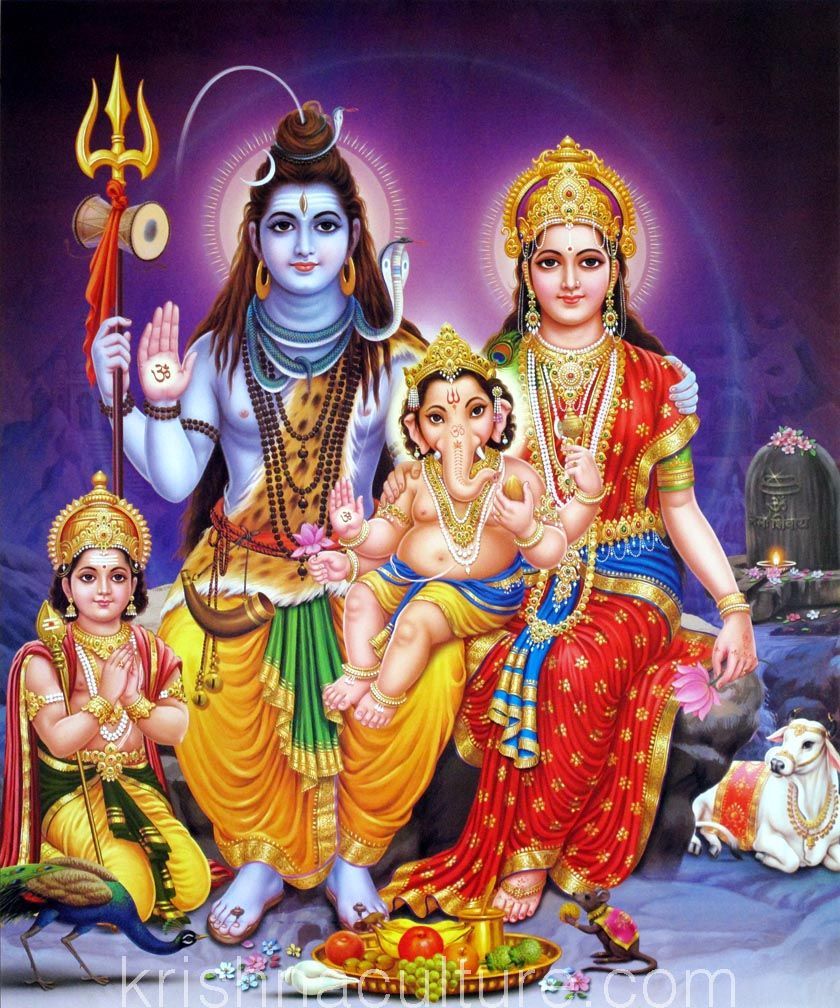Podríamos decir que el Tantra es un estilo de vida, basado en la filosofía hindú que en nuestro tradición proviene del Shivaismo de Cachemira.

- This event has passed.
Maha Shivaratri: we celebrate it this February 18, 2023
February 18 @ 11:46 AM – February 19 @ 12:41 AM UTC+1
1.- The Maha Shivaratri (Phalguna) of 2023 is on February 18, a date indicated in Kashmir Shivaism
1.1.- The Maha Shivaratri, feel the power of Tantra
The night of Shiva Shivaratri It is the night before the new moon (or Amavasya) of each month (or Masik), and is considered the darkest night because it comes before the beginning of the lunar cycle towards the full moon. We celebrate the third Shivaratri of 2023 this February 18.
During this astrological and special event for Tantra, due to the absence of the influence of the moon, the solar and masculine energies (represented by Shiva) are manifested to the maximum. This exceptional phenomenon gives us the possibility of entering into communion with Shiva (the supreme solar/masculine principle) very easily, and benefiting from his power.
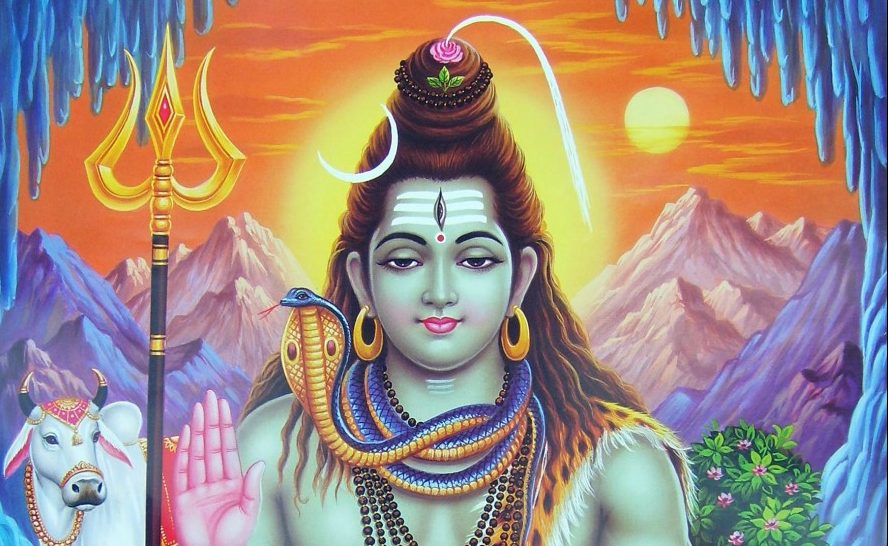
We celebrate the Maha Shivaratri of 2023 this February 18! During this night, Shiva devotees and Tantra practitioners perform mantra chanting and pujas, deep meditations, entering states of ecstasy, enlightenment and even Moksha spiritual liberation. Worshiping Lord Shiva from your heart helps you attain salvation and grace for your whole life.
2.- The most propitious night to transfigure yourself into Shiva
In the tradition of Shivaism in Kashmir, it is also very successful that tantric aspirants take the opportunity to make ritual love during the night of Maha Shivaratri. It is a very auspicious moment for the spiritual and tantric couple. Aspirants can greatly benefit from the awakening and expansion of consciousness, and from a very characteristic and solar state of mental clarity. Also, men, taking advantage of this beneficial moment, can significantly increase their virility and solarity.
So we advise you to meditate with Shiva, and if possible make ritual love during the night of Maha Shivaratri, to experience what is exposed (in yourselves).
In this tradition of Kashmir Shaivism we celebrate the Maha Shivaratri of 2023!
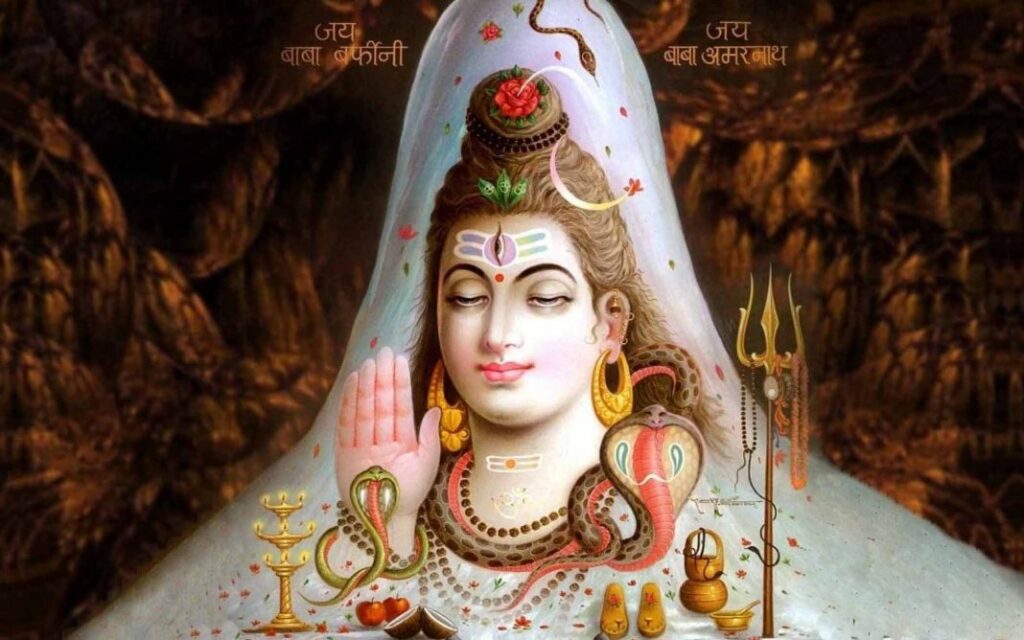
Shiva’s ice lingam at Amarnath
In Mahashivaratri, in addition to fasting, Shiva devotees follow this same procedure:
Whether in a Masik Shivaratri, but especially in Maha Shivaratri, in addition to fasting, Shiva devotees follow this same procedure:
2.- After that, they visit a Shiva temple (or an altar dedicated to Shiva in their home), and sing hymns, Bhajans or Mantras (to please Mahadeva, or Shiva).
3.- Honey, sandalwood, yogurt, rose water, and flowers are offered while worshiping a Shiva Lingam.
4.- Flowers, betel leaves, rice and fruits are also offered to worship the deity.
5. Incense is burned to invoke the blessings of Shiva, also known as Rudra.
6.- Shiva devotees also apply holy ash (Vibhuti or Bhasma) to their foreheads.
7.- The Om Namah Shivaya mantra is chanted throughout the day and night. This powerful mantra is said to be able to free you spiritually (and also from your previous sins).
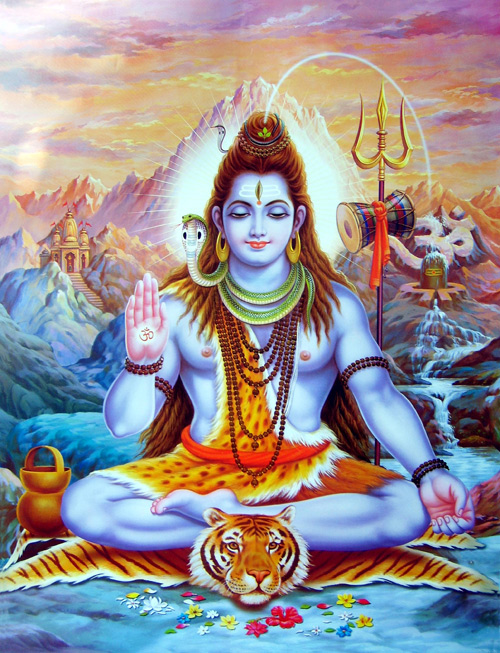
You can find more auspicious incense to worship Shiva in our online store.
3.- The history of the Shiva Lingams and their sacred properties according to Tantra
The Shiva Lingam in this photo is located in Khajuraho, India.
The Shiva Lingams are archaic sculptural forms carved from one piece. The stone of which they are carved, was created millions of years ago, since they come from a meteorite that collided in ancient times against the earth in the Narmanda River in India. Currently, the stone of this deposit is still extracted to create new Lingams for the temples, and for other sacred forms.
Shiva Lingams are considered sacred and are associated with healing, as they activate the Chakras and the rise of Kundalini energy.
This stone symbolizes the divine union of Shiva and Shakti, as it represents the union of the opposite: the masculine and the feminine, the body and the soul.
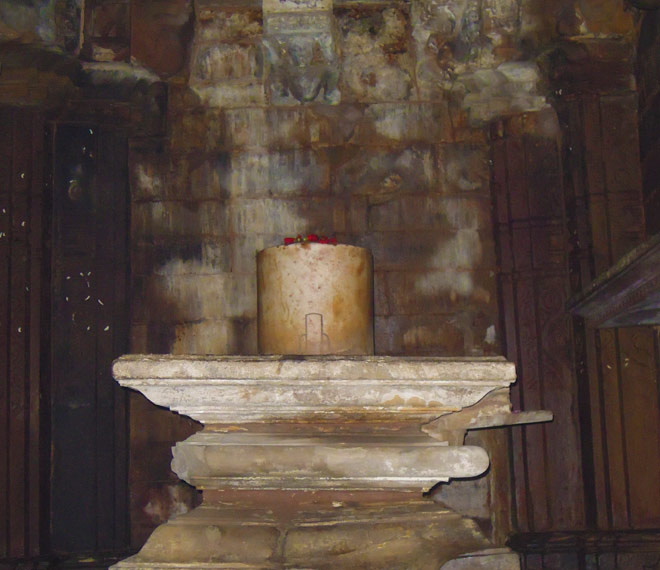
4.- Once a year the great Maha Shivaratri is celebrated
Maha Shivaratri, the main festival of Kashmir Shaivism, will be celebrated this year on Monday, February 18, from 11:44 PM to 12:31 PM on March 20. Mainland India time.
Once a year, we celebrate Maha Shivaratri, Shiva’s great night. This momentous event in Tantra is traditionally dedicated to Paramashiva (Shiva, or the Supreme Consciousness: God). Shiva’s devotees consider this night to be the most sacred of the entire year, and it is enthusiastically celebrated by all Shivaites, all over the world.
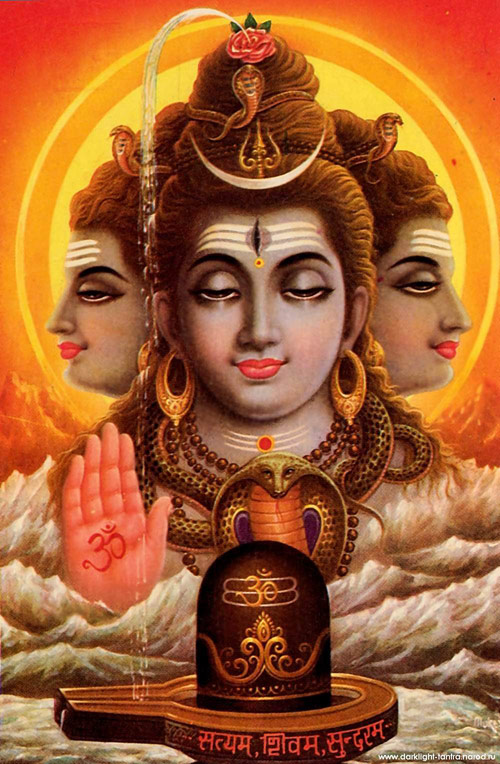
Among the twelve Shivaratri of the Hindu calendar, Maha Shivratri is the one with the greatest spiritual importance. This is a day when nature pushes human beings towards their spiritual self, the true self. The importance of this celebration (which lasts all night) is to allow the energies coming from the Macrocosm to emerge in us, and in a natural way.
5.- One of the mythological stories related to Shiva
5.1.- Stories of Tantra: The strange wedding of Shiva and Parvati
Shiva and Parvati’s wedding was a royal affair as Parvati was a princess. And then came the groom, Shiva, looking wild
The wedding between Shiva and Adiyogi Parvati It was a great event. Since Parvati was a princess, the “who’s who” of the region were invited: kings and queens, gods and goddesses, each in their best clothes, one more beautiful than the other.
And then came the groom, Shiva: matted, dreadlocked hair, smeared with ash from head to toe, with the fresh skin of an elephant, dripping blood. He arrived completely happy. His retinue was made up of insane and distorted beings, not in human form. They made all sorts of noises to each other in a language no one could understand.
Parvati’s mom, Meena, looked at this boyfriend and swooned! Parvati went and pleaded with Shiva:
– I don’t care what you look like. All I want is you, as you are. But, for my mother’s sake, show me a little nicer.
Shiva agreed and took a very beautiful form, dressed himself well and then went back to the wedding. When they saw Shiva transformed, they said that he was a Sundaramurti. That means he was the most beautiful human being they had ever seen. He was nine feet tall. They say that when Shiva stood up, he was at the level of a horse’s head. When she arrived in South India, she was said to be twice the height of an average woman there, who was usually between four and a half and five feet tall. He was about nine feet tall, he was the most beautiful man, and everyone was amazed by his presence.
Shiva sat for the marriage. In India, especially with this type of wedding, the background of the bride and groom is announced with great pride. They count their ancestry, where they come from, how pure their blood is, and trace the entire family tree.
To the bride, Parvati’s father, Himavat, was the king of the Himalayan mountain region. Many glorious things were said about the lineage of the bride. Now they asked:
– What about the boyfriend?
Shiva just sat quietly, remaining silent. He said nothing. None of those accompanying him could speak a recognizable language. They made cacophonous noises. The father of the bride was disgraced by this:
– A man with no record. How will he marry my daughter? No one knows where she comes from, who her parents are, what her lineage is. How can I give my daughter to this man? -He got up furious.
Then the sage Narada, who was also invited to the wedding, stepped forward with his single-stringed instrument called the Ekatara. He played the single string, “tang, tang, tang.”
The king was even angrier.
– What are you playing the Ekatara for?
Narada said:
– This is your record. – This is his background. He has no father, he has no mother.
– So what is your base?
– Tangg… Its base is sound, reverberation. It is born from reverberation. He has no kinship, no background, no lineage. He is Swayambhu, created by himself, a being without antecedents.
The king was scared, but the wedding happened.
The story is a reminder that when we speak of the Adiyogi, we are not speaking of a civilized and gentle man, but of a primordial figure, in a state of absolute oneness with life. He is pure consciousness, completely unassuming, never repetitive, always spontaneous, always inventive, endlessly creative. He is simply life itself.
That is the fundamental requirement of the spiritual process. If you sit here as a mere bundle of thoughts, beliefs, and opinions, that is, with a memory that you have picked up from the outside, you are simply enslaved to the psychological process. But if you sit here as a part of life, you become one with the existential process. If you are willing, you can access the entire universe.
Life has left everything open to you. Existence has not blocked anything for anyone. It has been said, “Knock, and it will open.” You don’t even have to knock because there is no real door. If you know how to let go of a lifetime of memory and repetition, you can move on. The road to fulfillment is wide open.
Enmanuel Torras Mata
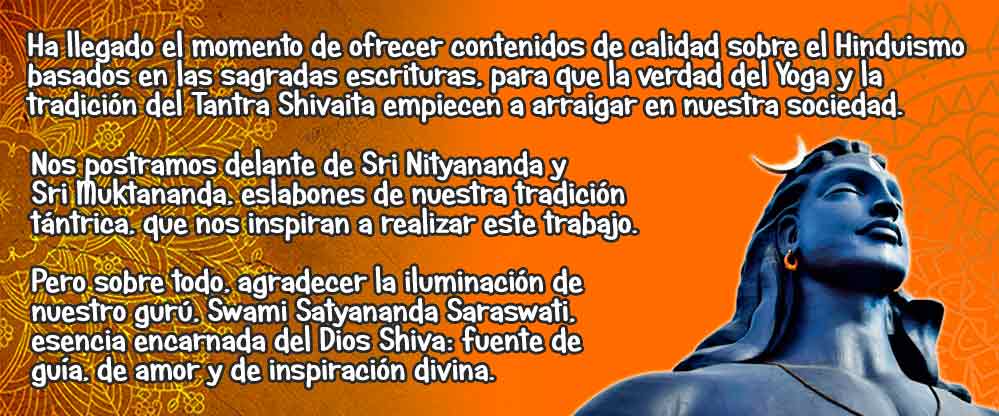
El Shivaismo de Cachemira predica la experiencia de la realización del Ser, cuando este se identifica con “Eso”, la Conciencia absoluta. Accedemos a la experiencia de “no mente” (que es lo que significa Tantra) en la que nuestra personalidad se disuelve en la contemplación del Ser, que lo abarca todo y del que somos parte integral.
